Isla de Sálvora, A Coruña, Spain
Project context
As part of the Autonomous Organization of National Parks (OAPN) efforts towards efficient energy management and the reduction of CO2 and GHG emissions, Sálvora Island in A Coruña (Galicia) will be equipped with an electricity supply system through a photovoltaic self-consumption installation.
Currently, Sálvora Island already has a photovoltaic installation combined with a diesel generator, but due to its limited photovoltaic power, it cannot fully meet the electrical demand. To address this issue, our Soltec Ingenieros team has developed a project that will allow for the autonomous production of solar energy, providing the necessary supply for the Salazón building and its annexes.
Sálvora Island is part of the National Park
of the Atlantic Islands, affiliated with the OAPN network. The OAPN is a public
organism dependent on the Ministry for Ecological Transition and the
Demographic Challenge (MITECO) in Spain.
Project features
-
Isolated photovoltaic installation for self-consumption
-
Installation of 20 solar panels, total power of 11.10 kWp
-
Supported directly on the ground
-
2 new inverters will be installed
-
The energy produced will be used by the group of 6 lithium batteries dimensioned for the estimated consumption of the installation
-
2 rows of modules in a horizontal position to minimise the height of the set and visual impact
-
An estimated annual photovoltaic production of 16,057 kWh
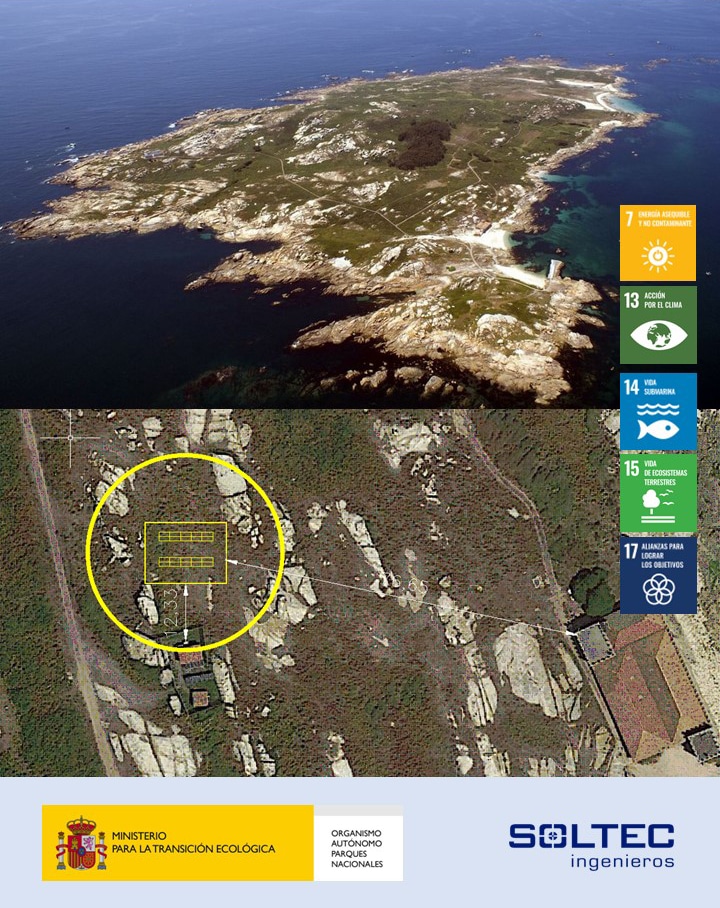
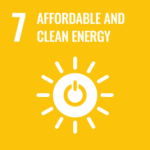
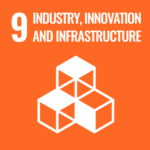
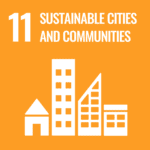
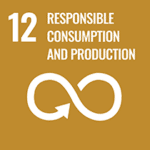


Added value
Soltec Ingenieros has developed a project to construct a self-sufficient photovoltaic energy production system that will meet the energy demand of the old salting building and its associated facilities. The Autonomous National Parks Agency (OAPN) is promoting this project to improve energy efficiency and reduce CO2 and greenhouse gas emissions.
We have designed a project to create a solar-powered energy system that will provide the energy needed for the Salting Ship and its facilities. The project was created for the Autonomous National Parks Agency (OAPN) to improve energy efficiency and help reduce the amount of CO2 and greenhouse gases released into the environment





